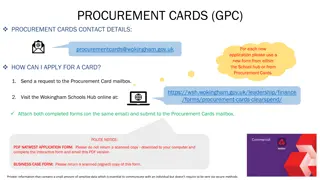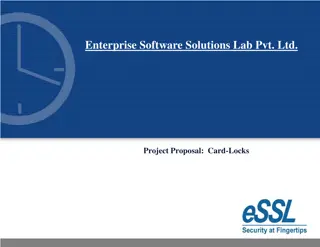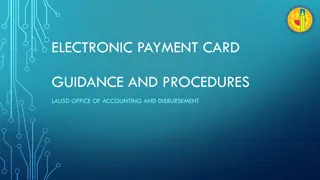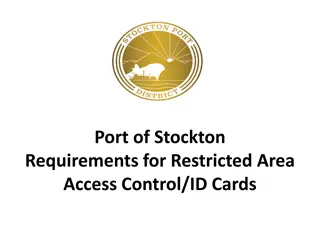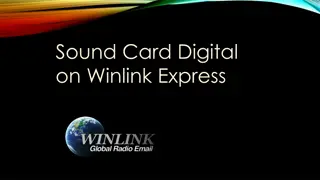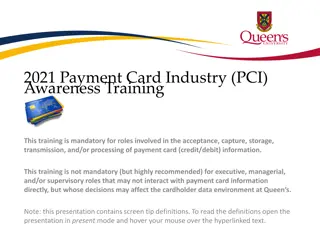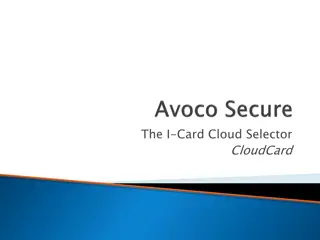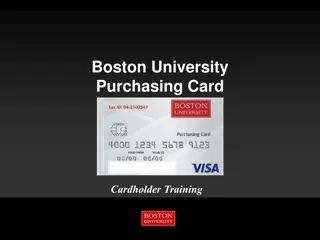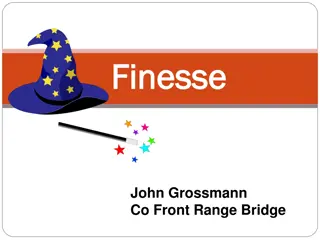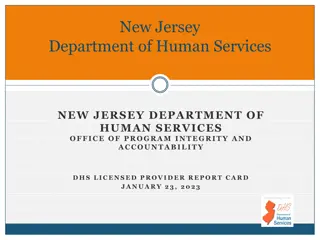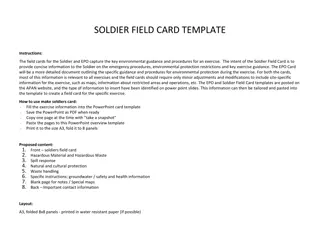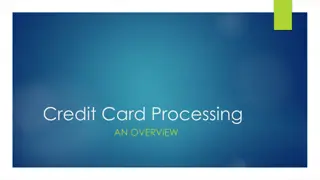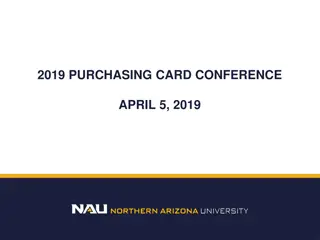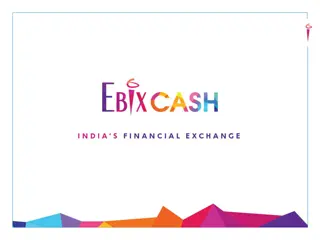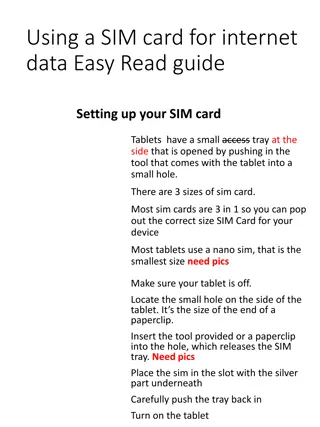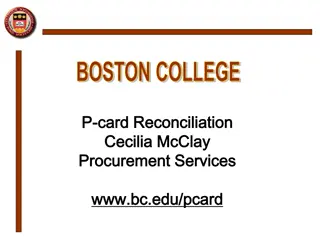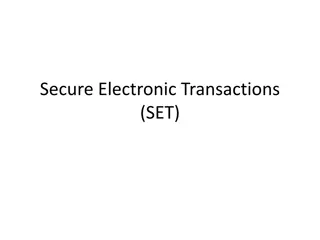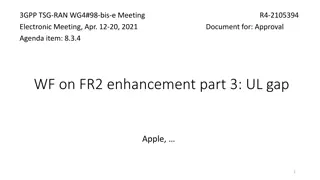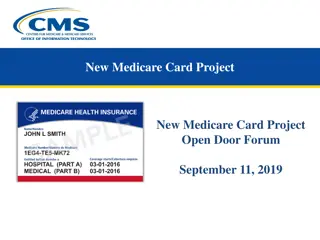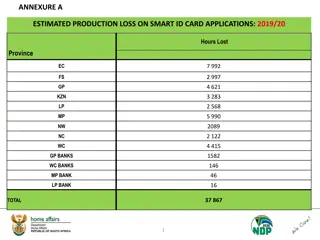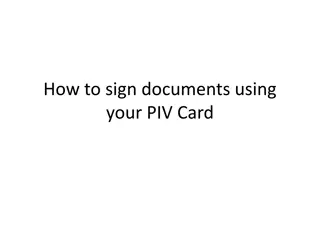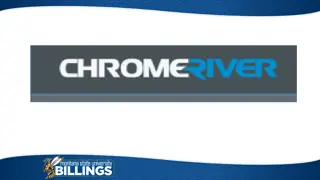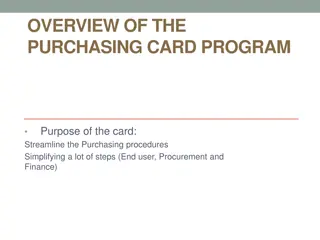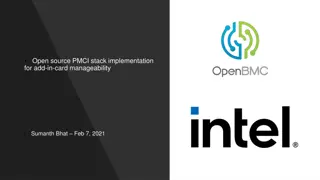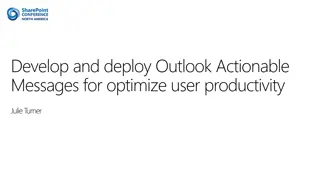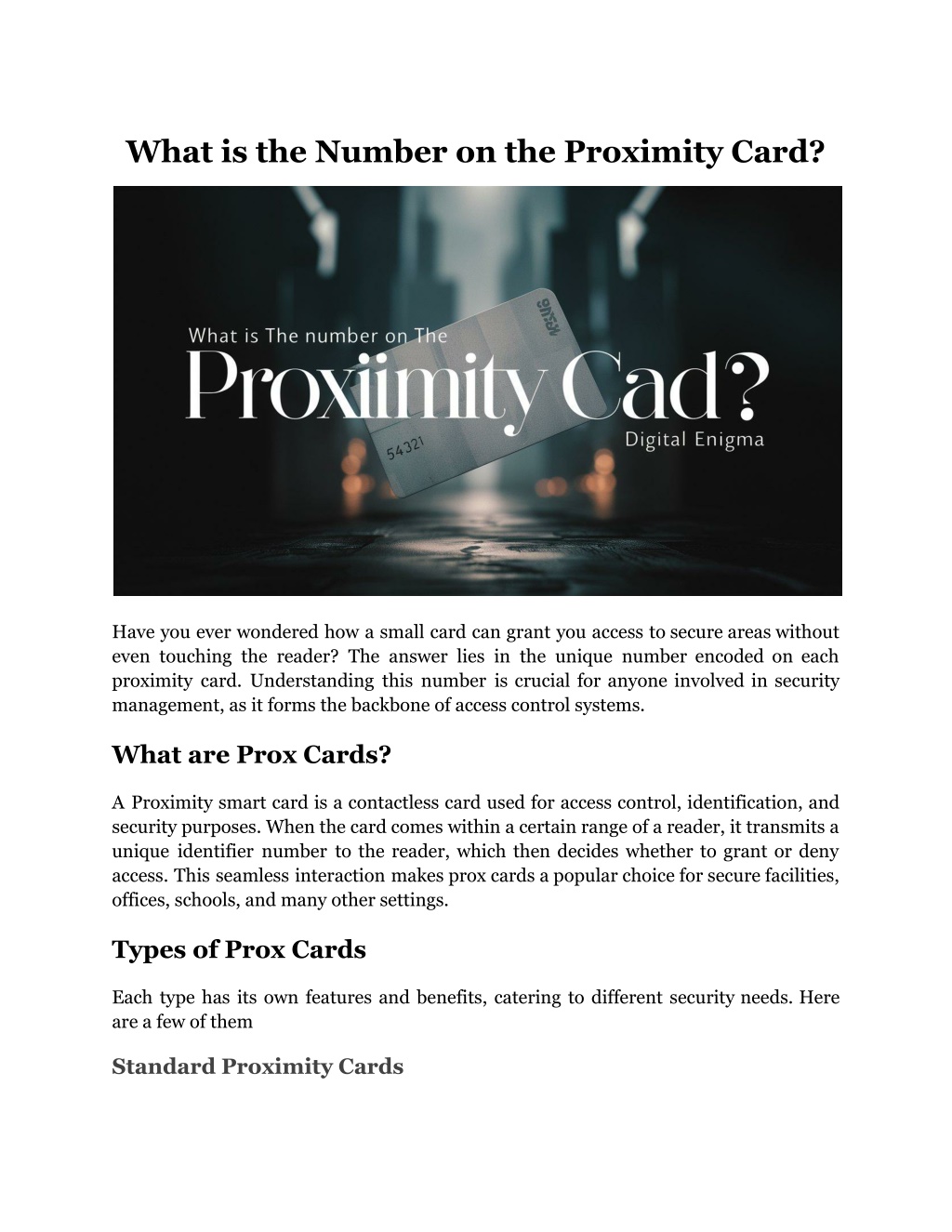
What is the Number on the Proximity Card?
Learn what the number on a proximity card signifies and how it plays a crucial role in secure access control systems.n
Download Presentation

Please find below an Image/Link to download the presentation.
The content on the website is provided AS IS for your information and personal use only. It may not be sold, licensed, or shared on other websites without obtaining consent from the author. Download presentation by click this link. If you encounter any issues during the download, it is possible that the publisher has removed the file from their server.
E N D
Presentation Transcript
What is the Number on the Proximity Card? Have you ever wondered how a small card can grant you access to secure areas without even touching the reader? The answer lies in the unique number encoded on each proximity card. Understanding this number is crucial for anyone involved in security management, as it forms the backbone of access control systems. What are Prox Cards? A Proximity smart card is a contactless card used for access control, identification, and security purposes. When the card comes within a certain range of a reader, it transmits a unique identifier number to the reader, which then decides whether to grant or deny access. This seamless interaction makes prox cards a popular choice for secure facilities, offices, schools, and many other settings. Types of Prox Cards Each type has its own features and benefits, catering to different security needs. Here are a few of them Standard Proximity Cards
These proximity cards are the most basic type of cards, commonly used for access control in buildings and parking lots. They are affordable and provide a good level of security. These cards typically contain a unique identifier number that the reader recognizes to allow entry. Smart Cards Smart cards are more advanced than standard cards. They can store more information and can be used for multiple applications, such as access control, cashless payments, and personal identification. They offer higher security levels due to their ability to store encrypted data. Read More Articles: What is the Frequency of Proximity Cards HID Proximity Cards hid prox card are known for their reliability and security. HID cards are used in various industries, including government, healthcare, and education. How Does Proximity Cards Work? Proximity cards work easily as they contain an embedded microchip and antenna. When the card is near a reader, the reader sends out a radio signal. The card's antenna picks up this signal and powers the microchip, which then transmits its information back to the reader. This process is almost instantaneous, allowing for quick and efficient access control. The unique identifier number stored on the card's microchip is crucial in this process. This number, often referred to as the Facility Code and Card Number, is used by the access control system to determine if the cardholder is authorized to access a particular area. What is the Number on the Prox Advanced Card? The number on a card, typically referred to as the Facility Code and Card Number, is a unique identifier encoded in the card's microchip. This number is essential as it is used by the access control system to identify and authenticate the cardholder. Breakdown of the Number The unique number on a card is usually divided into two parts:
1. Facility Code: This part of the number identifies the specific organization or facility that issued the card. It ensures that only cards issued by the same organization are recognized by the system. 2. Card Number: This part is unique to each card within the facility, ensuring that no two cards have the same number. For example, a proxy card number might look like this: 12345-67890. In this case, 12345 is the facility code, and 67890 is the card number. Here is the table that provides a detailed overview of the components and their roles in ensuring secure and efficient access management. Componen t Description Function Example Facility Code Identifies the organization or facility that issued the card. Ensures only cards issued by the same organization are recognized. 12345 Card Number A assigned within the facility. unique number each is Ensures have the same identifier within the facility. no two cards 67890 to card Combined Number The combination of the Facility Code and Card Number. Used control authenticate cardholder. by the system access 12345-67890 to the Encryption Data encryption is used to secure the unique number on the card. Protects against cloning and unauthorized access. AES-256 Encryption
Reader Detection The card's number is read by the proximity reader. process where the The reader captures and processes unique number. Reader beeps when detected the card's System Check The access control system verifies the card's number against its database. Determines if the card is authorized to access the area. Database lookup How the Number is Used When a proximity card is presented to a reader, the reader captures the unique number and sends it to the access control system. The system then checks its database to see if the number is authorized to access the area. If the number is recognized and authorized, access is granted. If not, access is denied. Example of the Process 1. Present the Card: Hold the card near the reader. The distance can vary, but it is usually within a few inches. 2. Reader Detects the Card: The reader captures the unique number from the card. 3. System Checks the Number: The access control system checks the number against its database. 4. Access Decision: If the number is authorized, the system grants access. If not, access is denied. Read More Articles: The Role of 'Rerum Per Octennium' in Understanding Dutch-Brazilian History Security Features of the Number The number on a card is not just a random set of digits. It is often encrypted and stored securely within the card's microchip to prevent cloning and unauthorized access. This encryption ensures that even if someone tries to intercept the number, they cannot easily use it to create a duplicate card.
Prox Card Vendors When looking for cards, it's essential to choose a reliable vendor. Here are some well-known proximity card vendors: HID Global: Known for high-quality prox card services and advanced security solutions. ID Card Group: Offers a wide range of prox cards and accessories. Zebra Technologies: Provides durable and reliable cards for various applications. Fargo Electronics: Specializes in high-security cards and printing solutions. Choosing the right vendor is crucial for ensuring the quality and security of your prox cards. Vendors like HID Global are renowned for their robust security features and extensive product range. ID Card Group is known for its customer-centric approach, offering personalized solutions and excellent support. Zebra Technologies focuses on durable and reliable products, while Fargo Electronics excels in high-security solutions and printing technology. Tips for Having the Right Proximity Card When choosing a proximity card, consider the following factors: 1. Security Requirements: Determine the level of security you need. For high-security environments, a HID prox card or smart card may be more suitable. 2. Budget: Evaluate your budget. Standard cards are more affordable, while smart cards and HID cards offer advanced features at a higher cost. 3. Application: Consider the intended use of the card. If you need a card for multiple applications, such as access control and payments, a smart card would be ideal. Conclusion The unique number on a proximity card is the key to its functionality. By understanding how this number works and ensuring it is properly managed and protected, organizations can maintain secure and efficient access control systems. Are you looking to upgrade your access control system with the latest in smart card technology? Bristol ID Technologies offers a wide range of smart cards like HID proximity cards, which provide advanced security features and multi-application
support. Contact us today to learn more and find the perfect smart card for your organization. Site Article: What is the Number on the Proximity Card?


